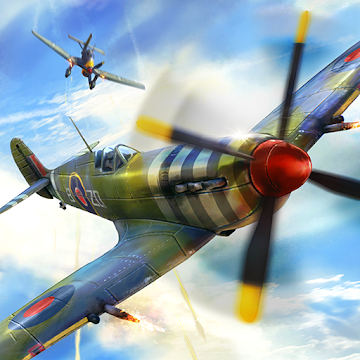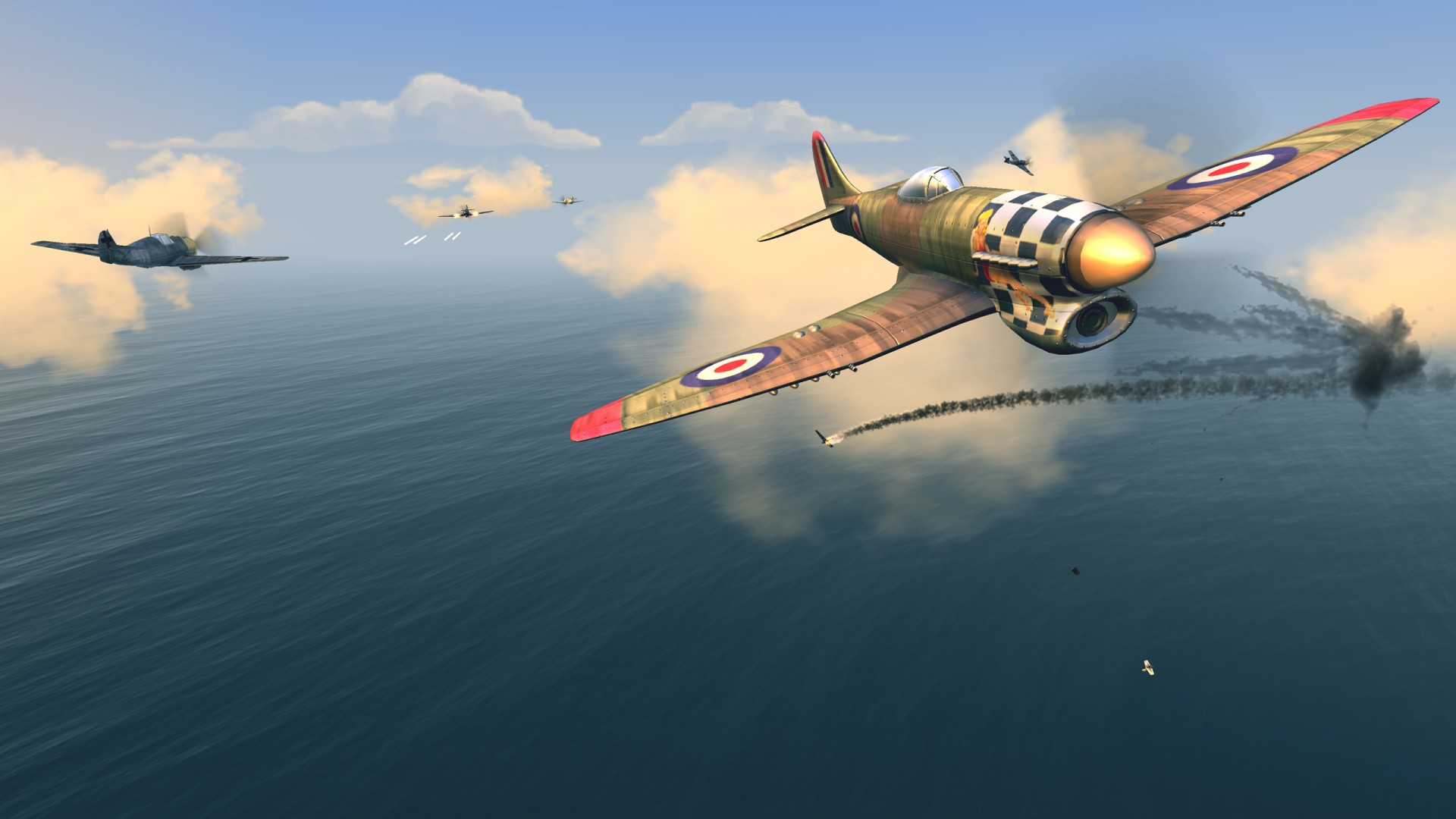

A regular dogfight ensued for half a minute." History Mexican Revolution Ten of the enemy dived to attack our men. On March 21, 1918, several British newspapers published an article by Frederic Cutlack, where the word was used in the modern sense: "A patrol of seven Australian machines on Saturday met abot twenty of this circus at 12,000 feet. One of the first written references to the modern-day usage of the word was in an account of the death of Baron von Richthofen in The Graphic in May 1918: "The Baron joined the mêlée, which, scattering into groups, developed into what our men call a dog fight".

The term gained popularity during World War II, although its origin in air combat can be traced to the latter years of World War I. The term dogfight has been used for centuries to describe a melee: a fierce, fast-paced close quarters battle between two or more opponents. Video of the F-15 Eagle's dogfighting capabilities Etymology Head-up display of an F/A-18 Hornet during dogfight simulations Since then, longer-range weapons such as beyond-visual-range missiles have made dogfighting largely obsolete. It was a component in every major war, though with steadily declining frequency, until the end of the Cold War in the early 1990s. ĭogfighting first occurred during the Mexican Revolution in 1913, shortly after the invention of the airplane. This differs from aerial warfare, which deals with the strategy involved in planning and executing various missions. Modern terminology for air-to-air combat is air combat manoeuvring (ACM), which refers to tactical situations requiring the use of individual basic fighter maneuvers (BFM) to attack or evade one or more opponents.

Navy TOPGUN trainingĪ dogfight, or dog fight, is an aerial battle between fighter aircraft conducted at close range. An F-16 Fighting Falcon and an F-14 Tomcat engaged in a mock dogfight as part of U.S. For other uses, see Dogfight (disambiguation). This article is about the aerial combat maneuver.


 0 kommentar(er)
0 kommentar(er)
